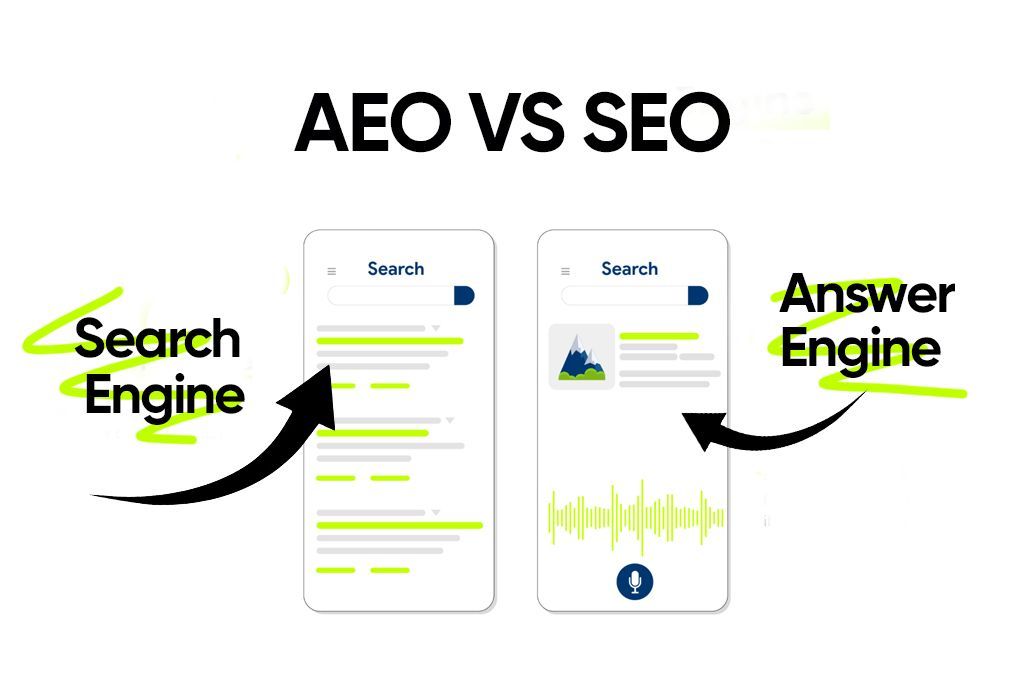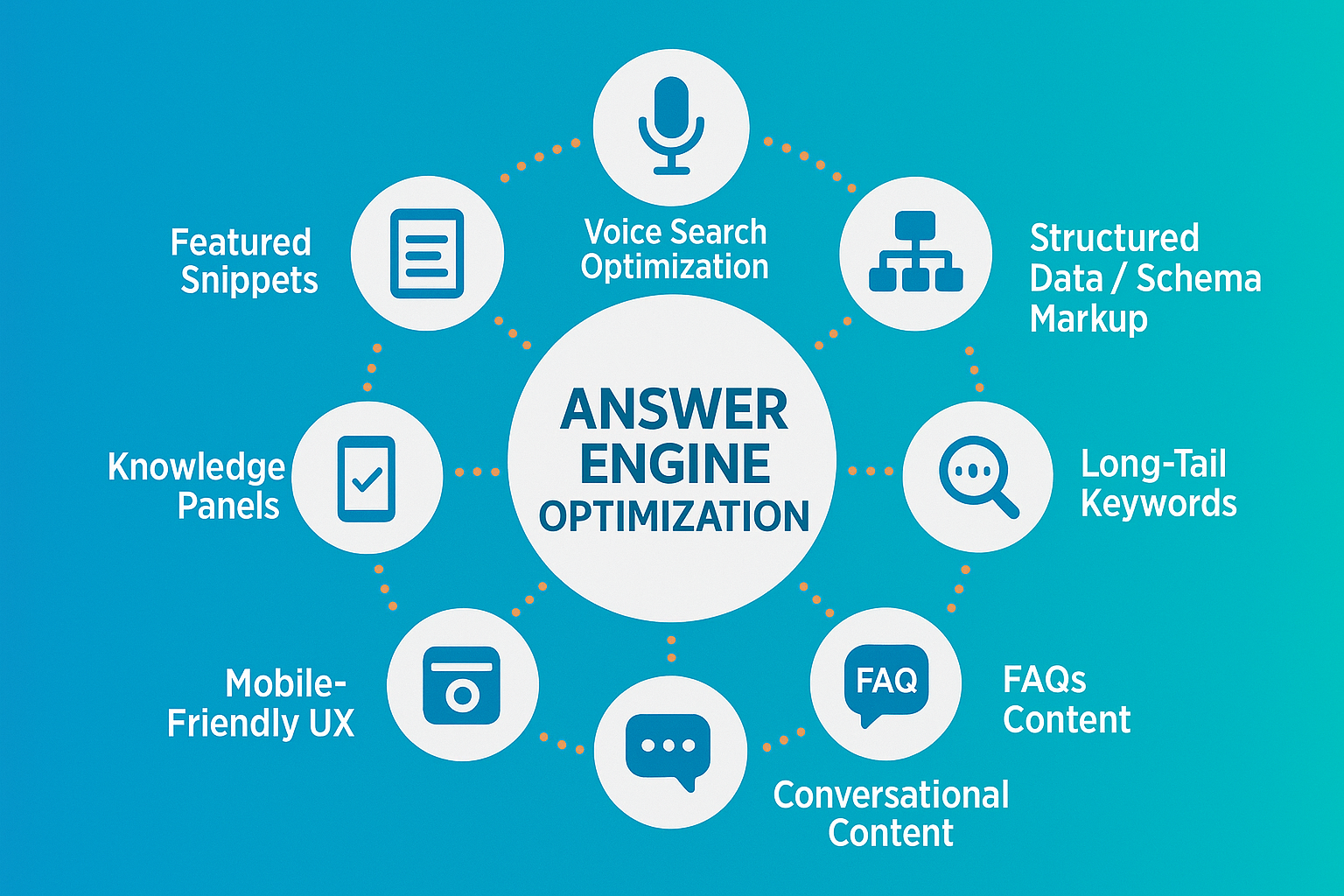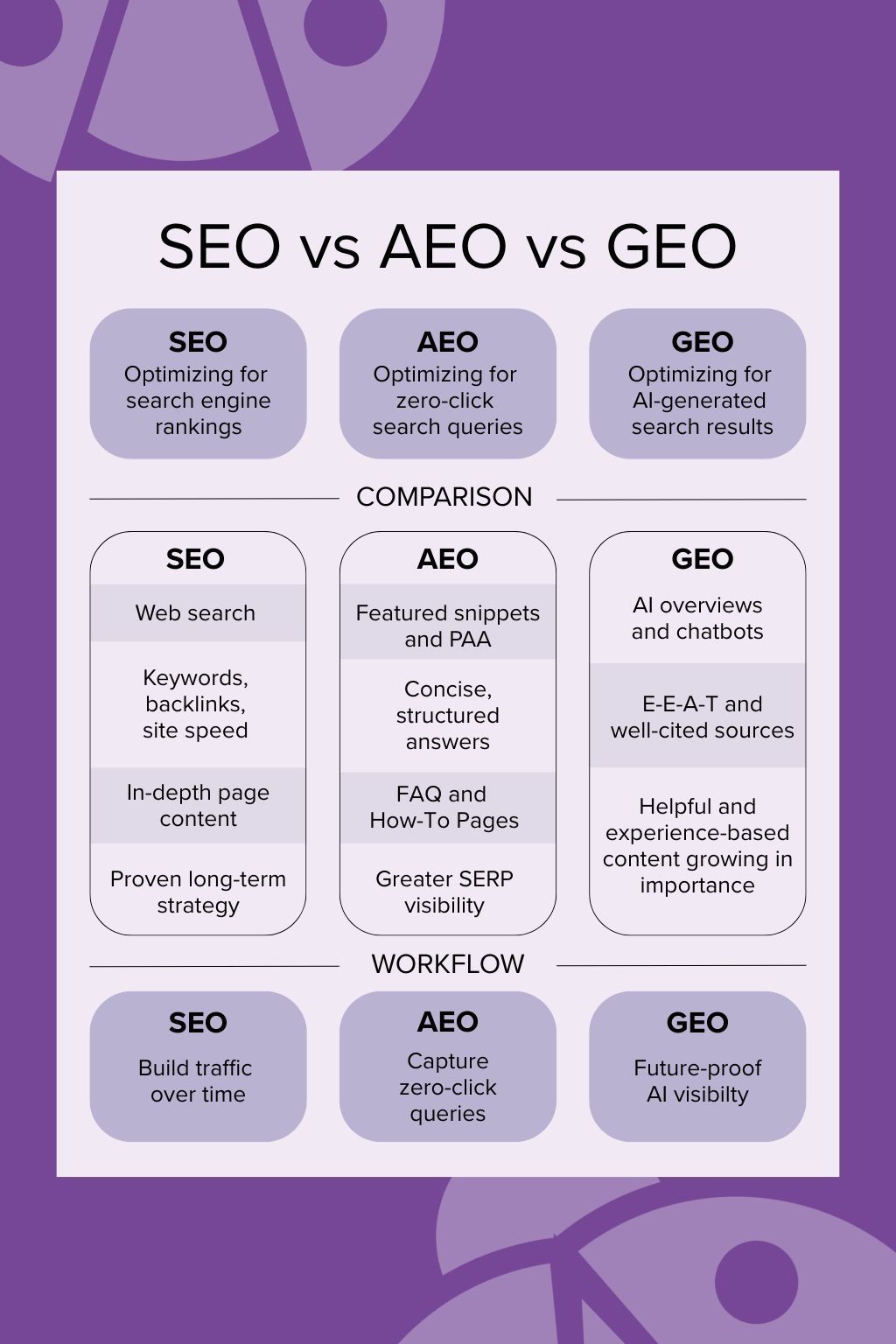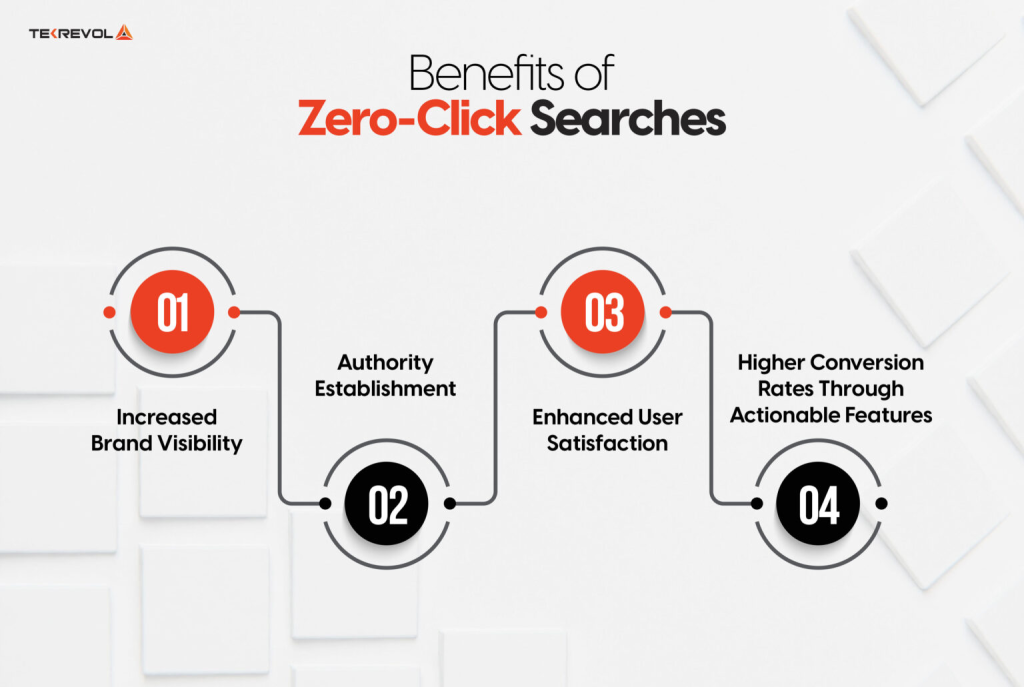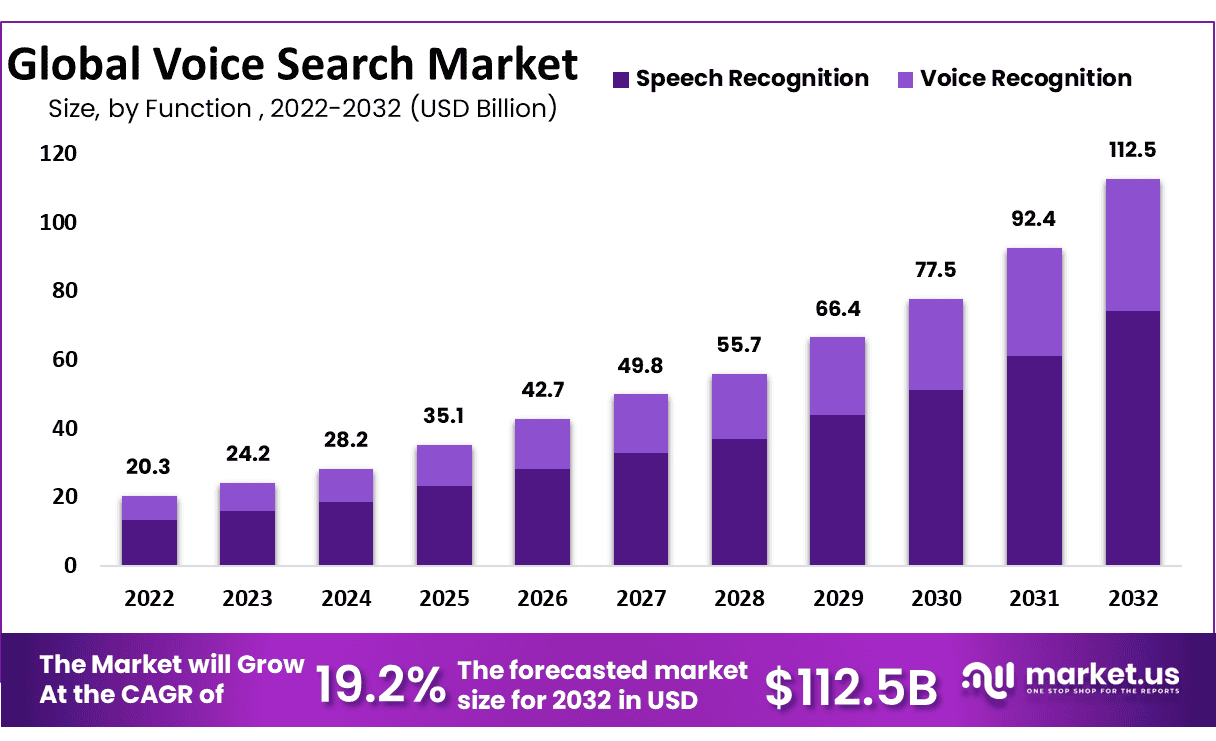Answer Engine Optimization? What Your Brand Needs to Know
What is AEO (Answer Engine Optimization?
In today’s evolving search landscape, the term Answer Engine Optimization (AEO) refers to the practice of optimizing your content so that it can be directly used by answer-engines — that is, systems (often AI-powered) which provide a direct answer to a user’s query rather than merely linking to websites. CXL
In simpler terms: instead of hoping your website shows up somewhere down the list of search results, AEO aims to have your content be the answer when someone asks a question (via voice search, AI chatbots, or smart assistants).
Key characteristics of AEO include:
- Focusing on questions (“How do I fix a leaky pipe?”) rather than just keywords.
- Structuring content so it is easily extracted and used by machines. surfer SEO
- Using clear formatting (headings, bullet lists, tables), relevant schema/structured data, conversational tone, direct answers. Surfer SEO
- Building authority and trust so the answer engines deem your content credible. Neil Patel
- In other words, AEO = content built for being an answer, not just being found.
Difference Between AEO + SEO
While AEO and Search Engine Optimization (SEO) share similar goals (visibility, traffic, user satisfaction) they differ in focus, methods, and outcomes. Here's a breakdown:

So: Traditional SEO is more about being found; AEO is about being the answer. One doesn’t replace the other — in fact, they complement each other — but the rise of answer engines (voice, chat, AI) means that AEO is becoming increasingly important.
Why is Answer Engine Optimization Important?
AEO is important for several reasons:
Changing search behavior & technology
Users increasingly expect instant answers — via voice assistants, smart speakers, chatbots, and AI search engines. The traditional “search results list” model is shifting. Neil Patel
As one article puts it: “Search behavior is shifting, with 25% of organic traffic predicted to move to AI chatbots and virtual agents by 2026.”
Zero-click & featured answer dominance
Many searches now end with the answer displayed directly on the results page (featured snippet) or provided by an assistant — the user doesn’t click further. Being the answer means you still win, even if the click doesn’t happen. CXL
Voice search & conversational queries
With smart devices everywhere, queries are more conversational, and content needs to match that tone. AEO helps you capture this traffic.
Competitive advantage
Many businesses still focus only on traditional SEO. If you optimize for AEO early, you gain an edge in how your content is treated by emerging answer systems.
Brand authority & trust signals
When AI systems cite your content as the answer, you build trust and brand visibility in new channels. It can also feed back into improved SEO and brand recognition. Forbes
In short: If your content is not optimized for answer engines, you risk losing visibility in the channels users increasingly use.
How to Create Content on Your Website for AEO
Here is a practical guide to shaping your website content with AEO in mind:
1. Understand your audience & their questions
- Research the specific questions your target audience is asking. Focus on the “how”, “what”, “why”, “which” style queries. Surfer SEO
- Use tools like query logs, voice search analytics, customer FAQ pages, and competitor research to find these.
- Map those questions to your services or content goals.
2. Structure your content for clarity and extraction
- Start each section/piece with a clear, direct answer (1–2 sentences) before diving into details. This helps answer engines pick it up. Surfer SEO
- Use headings (H2, H3), bullet lists, numbered lists, tables — these make content machine-friendly.
- Format in a way that users and machines can scan quickly. Keep paragraphs short and focused.
3. Use schema/structured data markup
- Implement appropriate schema types: e.g., FAQ schema, How to schema, Q&A schema, Article schema. This signals to search engines how your content should be interpreted. Marcel Digital
- Ensure your markup is valid and reflects the actual content.
4. Write conversationally & match search intent
- Because many answer-engines handle natural language and voice input, your content should sound natural and match how people ask questions.
- Avoid overly formal or keyword-stuffed writing; instead answer the question clearly and factually.
5. Be authoritative, accurate, and up to date
- Provide correct, trustworthy information. Where relevant cite sources, include data, and show evidence of expertise.
- For YMYL (Your Money Your Life) topics especially, the content should reflect E-E-A-T (Experience, Expertise, Authoritativeness, Trustworthiness). While not fully AEO-specific, the principles apply. NOWSPEED
- Regularly update content to maintain freshness — AEO engines may prefer up-to-date answers.
6. Optimize for voice and zero-click contexts
- Think about how your answer might be read out by a voice assistant. Include simple, direct sentences.
- Provide summaries/highlights that could serve as featured answers even if the user doesn’t click further.
7. Monitor & refine based on performance
- Traditional SEO tools may not fully capture AEO success; you’ll need to track things like: “Is our content being cited by AI”, “Are voice/answer mentions increasing”, “Are our core questions ranking as direct answers”.
- Use analytics to see how users engage with question-based pages, bounce rate, time on page, and any impact on conversions.
- Iterate: refine headers, restructure content, improve schema, update answers.
8. Align AEO with your broader SEO strategy
- AEO doesn’t replace SEO — rather, it builds on it. If you already have good SEO foundations, you’re better placed to succeed at AEO.
- Use AEO pages to support your main site goals (lead generation, brand authority) while also capturing the “answer” traffic.
Final Thoughts
As search evolves into more conversational, voice-driven, and AI-powered experiences, the optimisation of your content must evolve too. While traditional SEO remains important for ranking and visibility, Answer Engine Optimization (AEO) positions your content to be the answer — rather than simply being among many.
By focusing on the questions your audience is asking, structuring content for machine readability, deploying the right schema, and maintaining authoritative, user-centric answers, you can ensure your website remains visible and relevant in this new era of search.
In summary: optimise for answers, not just links — and you’ll be better placed to capture and serve the audience of tomorrow.









